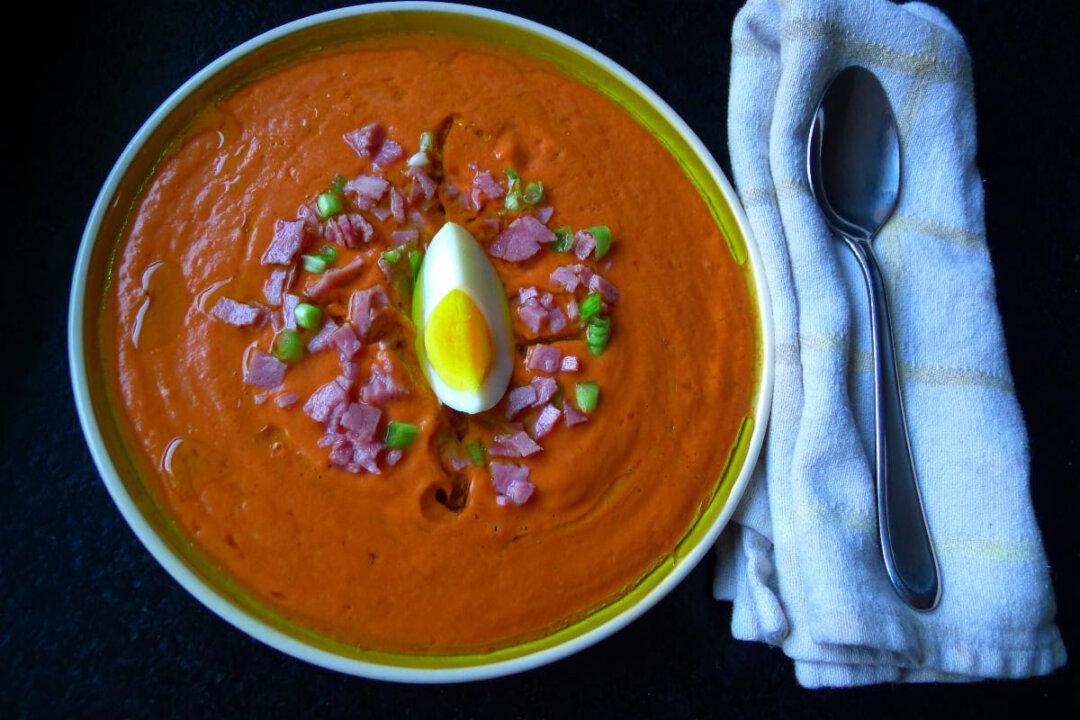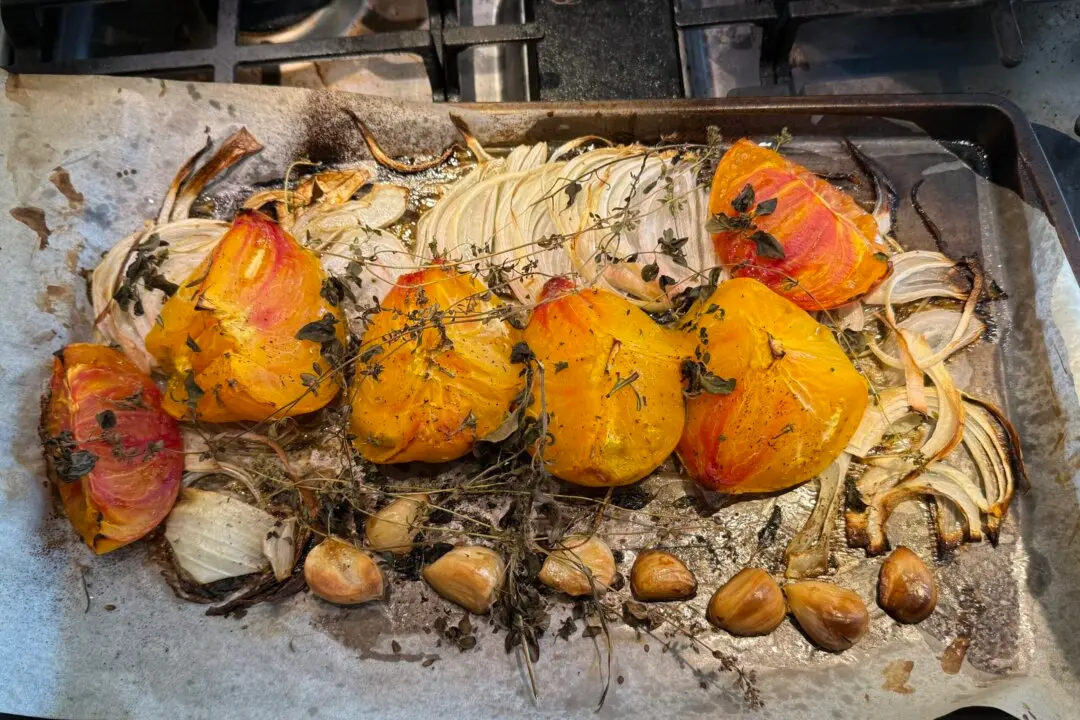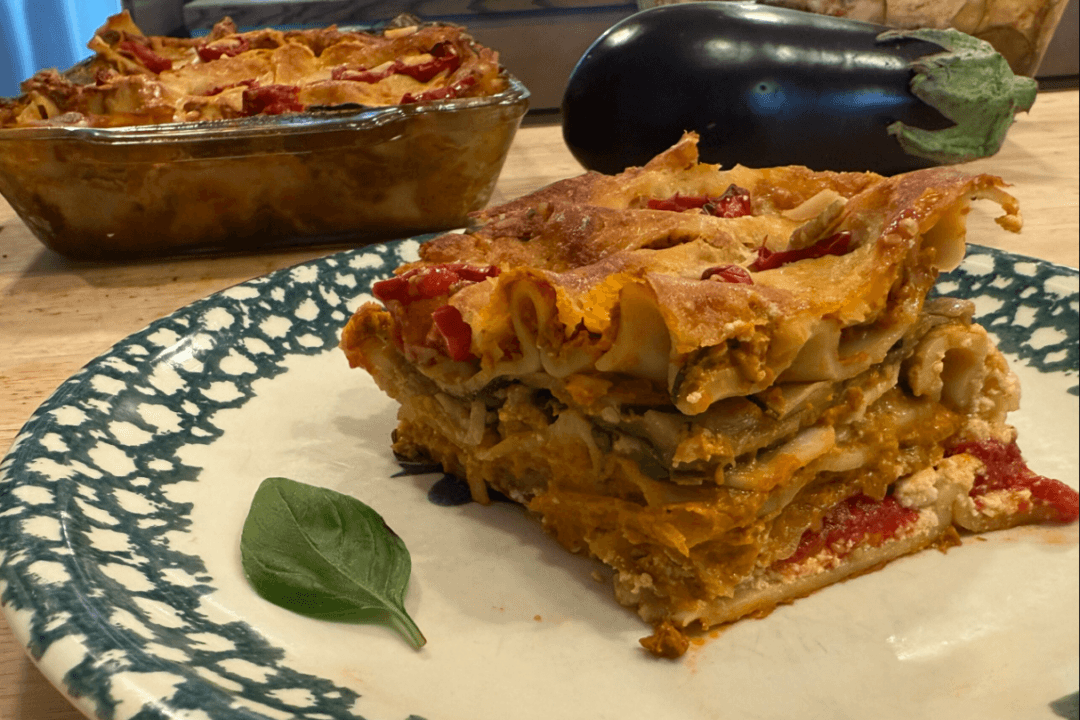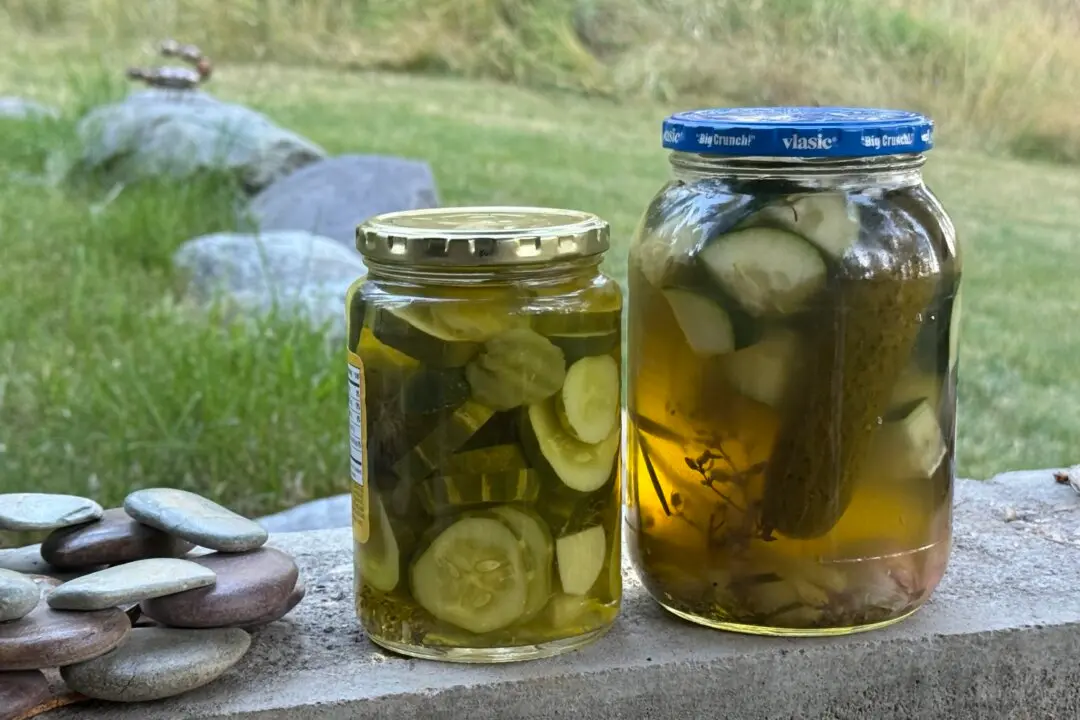Grilled pizza doesn’t immediately sound like the highest use of a grill or a pizza. You’d think the bottom of the crust would burn into a blackened crisp while blocking the coals from melting the cheese on top. Luckily, nobody told Johanne Killeen and George Germon.
The two art students from Providence, Rhode Island, met while working for Dewey Dufresne, a young chef with a big future of his own. In 1980, they opened Al Forno, which means “from the oven,” an unlikely name for the birthplace of the world’s first non-baked pizza. But the restaurant space came with a grill, and they wanted to use it. Their signature margherita pie became that grill’s reason why.





